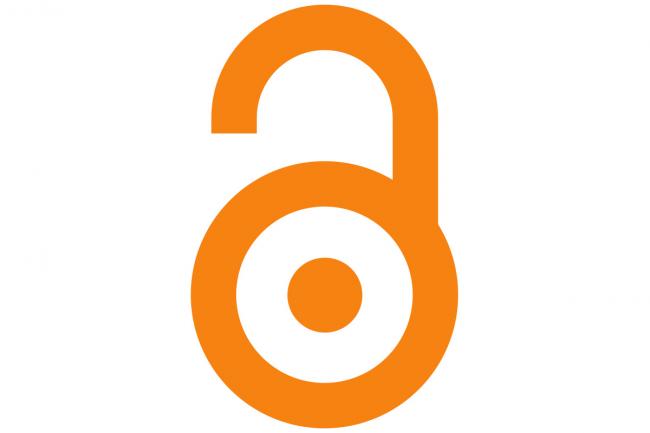Open educational resources

What does it mean that an educational resource is open?
When defining open teaching resources, one can apply e.g. UNESCO's definition of open digital learning resources (OER): "Open Educational Resources are teaching, learning or research materials that are in the public domain or released with an intellectual property license that allows for free use, adaptation, and distribution." (Source: UNESCO, 2016) According to the UNESCO definition, open teaching resources are materials that can be used freely in teaching, learning or research, e.g. courses, videos, books or articles. They are either copyright free or licensed with a license that often allows free use, processing and distribution of the material. Another model is the 5R model by the American David Wiley who has developed open teaching materials. The five r stand for retain, revise, remix, reuse and redistribute. The basic idea behind the model is that there are different stages in the use and utilization of open teaching resources during which the material is further developed.
How can I assess the quality of open teaching resources? ?
Various peer review processes can also be used for open teaching resources. For example, about 60% of the textbooks published on the Open Textbook Library website have been openly reviewed using various criteria. You can read reviews of individual works under "review".
You can also apply e.g. the matrix for peer review of teaching materials prepared by the Merlot consortium (pdf).
When evaluating open resources, you should check:
- Who or what organization has made the material?
- Is there information about the terms of use and about a possible license?
- When was the material last revised and is it updated?
- How easy is the material to use and how effective is it for its purpose?
How do I find good open access material ?
- Finding open educational resources
A list of links to various resources. - OneSearch
Many Open Access resources are indexed in the library discovery system, OneSearch,
How can I ensure that the books are accessible during the course?
One way could be to choose open materials if possible. An openly accessible coursebook can be used by a larger group of students. If you use openly accessible coursebooks, you won't find yourself in a situation where the number of concurrent users of e-material is limited, or where copies of the book run out at the library. It can be challenging for students to purchase all course literature due to high prices or the books being out of print.
The library always tries to ensure that at least one copy of the book is available at the library. However, it's not always possible to purchase electronic versions. Learn more about the library's ability to acquire licenses under "Course Literature".
VWhat type of course material can be put into canvas?
When you upload materials to Canvas, you must always check the rights to do so as the material is protected by copyright.
Always remember to check under which license the open resource is published. In scientific publications, it is common to use a Creative Commons license, but what you can do with the material may still vary.
You often also have the opportunity to include articles or links to the library's licensed material or material copied under the Bonus Agreement in Canvas.
-
Creative Commons
Learn more about what the different open licensing models entail. -
Copyright in Education
Learn more about the library's licenses and the Bonus Agreement.

